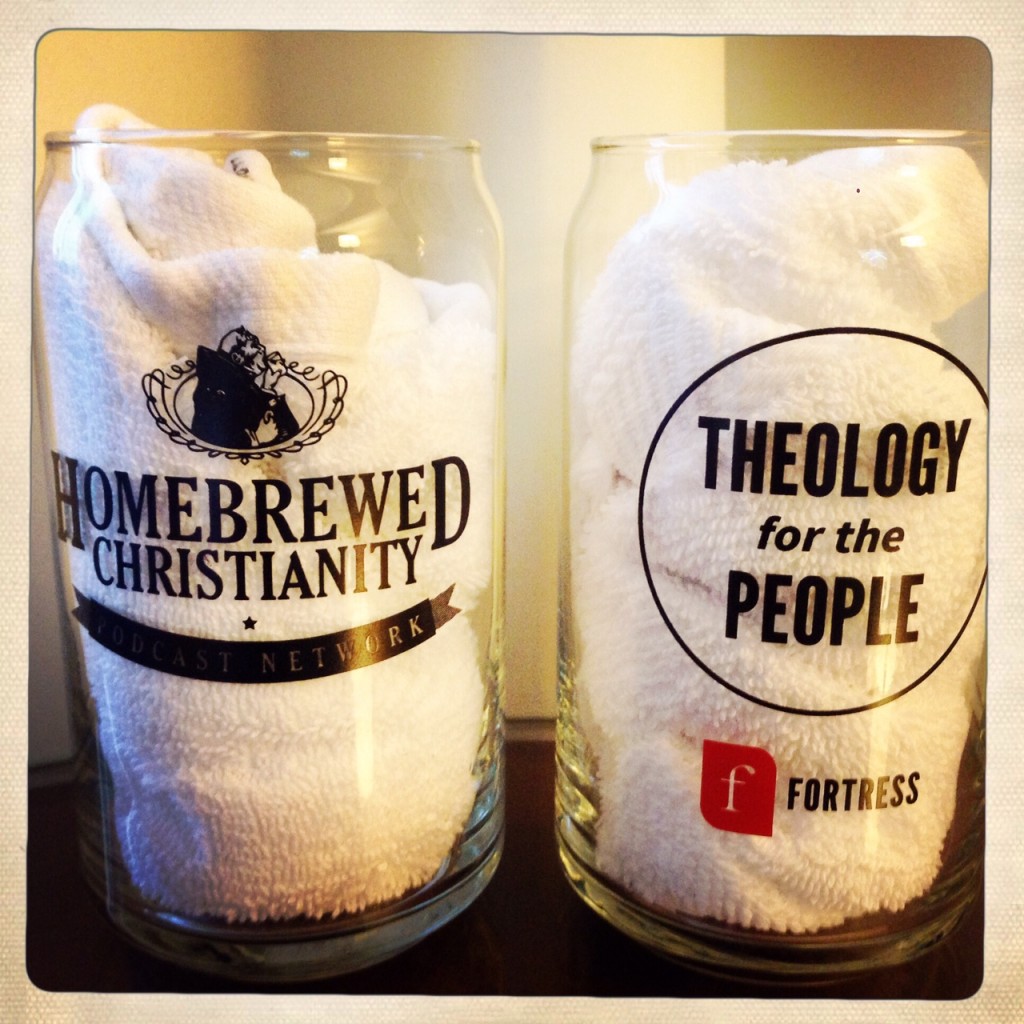I’m blogging through Kenda Creasy Dean’s new book, a theological follow up to Christian Smith’s Soul Searching. I hope you’ll join me. Find all the posts here.
In chapter three, Kenda’s provocative chapter title is, “Mormon Envy.” Those of us who read Soul Searching remember how Mormon teens religiously outperform their peers by every measure, from behavior (later to lose their virginity; less use of alcohol and drugs) to belief (higher attendance at church functions; better able to articulate what they believe).
In this chapter, Kenda introduces and relies upon the “cultural toolkit” theory developed by UC-Berkeley sociologist Ann Swidler (co-author of the sociological blockbuster Habits of the Heart). Swidler published an article in 1986 in which she spells out this theory, “Culture in Action: Symbols and Strategies” (PDF), the abstract of which reads,
Culture influences action not by providing the ultimate values toward which action is oriented, but by shaping a repertoire or “tool kit” of habits, skills, and styles from which people construct “strategies of action.” Two models of cultural influence are developed, for settled and unsettled cultural periods. In settled periods, culture independently influences action, but only by providing resources from which people can construct diverse lines of action. In unsettled cultural periods, explicit ideologies directly govern action, but structural opportunities for action determine which among competing ideologies survive in the long run. This alternative view of culture offers new opportunities for systematic, differentiated arguments about culture’s causal role in shaping action.
In other words, individuals pick up “tools” in their experiences of life, add them to their “toolkit,” and develop “strategies” by which they use these tools to cope in culturally settled and unsettled periods.
Kenda nods to Swidler’s theory, writing,
Highly devoted young people seem adept at using at least four cultural tools in ways that mark them as members of their traditions: (1) they confess their tradition’s creed, or God-story; (2) they belong to a community that enacts the God-story; (3) they feel called by this story to contribute to a larger purpose; and (4) they have hope for the future promised by this story.
She then uses the results from Mormon teens as a prime example of a community of religious teens who are given and taught how to use valuable tools:
By intentionally reinforcing the significance of Mormonism’s particular God-story, by immersing young people in a community of belonging, by preparing them for a vocation and by modeling a forward-looking hope, Mormons intentionally and consistently create the conditions for consequential faith.
Kenda unpacks Mormon theology quite a bit in this chapter, and I learned some things about the Mormon conception of God that I had not previously known. Among them, as alluded to in that last quote, is the very specific eschatology that Mormons hold, to which Kenda attributes some of the deep religiosity of Mormon teens. In short: there’s something very specific for Mormons to believe in after death, and that helps Mormon teens believe during life.
It’s not till the end of the chapter that Kenda raises a theological problem with all this Mormonophilia in the NSYR, and that’s the lack of grace in Mormon theology and practice. She even puts Swidler’s theory into question, writing that “Christian formation is less about acquiring cultural tools than surrendering them…”
I’m not a huge fan of Swidler’s theory because I think it gives too much agency to the individual human being — in general, I think that we’re trapped in larger systems and structures of influence than we’re able to see. In other words, I don’t think we really choose our tools.
I also wonder if Kenda (and the NSYR researchers) underplay the fact that Mormons tend to live in community with one another, thus muting the parallels that most church-based youth workers can draw from the study. The tightness of the Mormon community is something that simply cannot be replicated by the average American youth pastor.
But, the bigger question for me is this: Are we as Christian pastors and youth workers able to learn from Mormons about what works and doesn’t work in spiritually forming teens?











